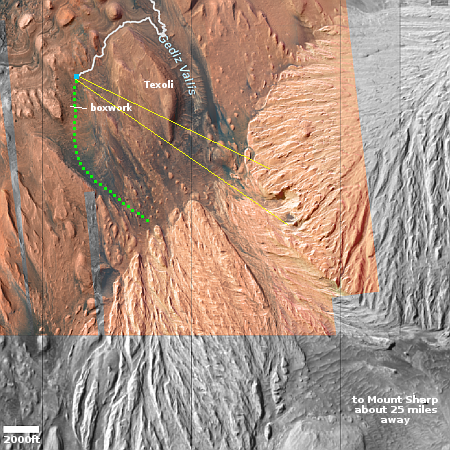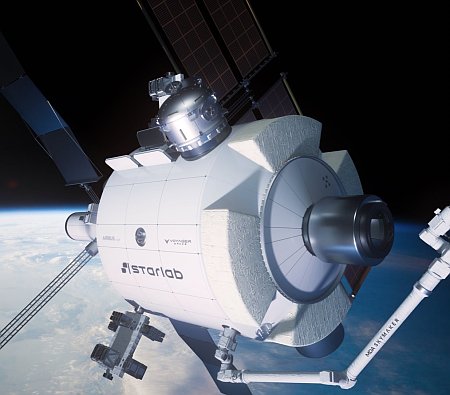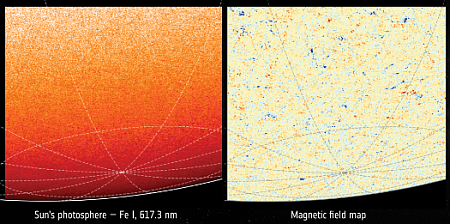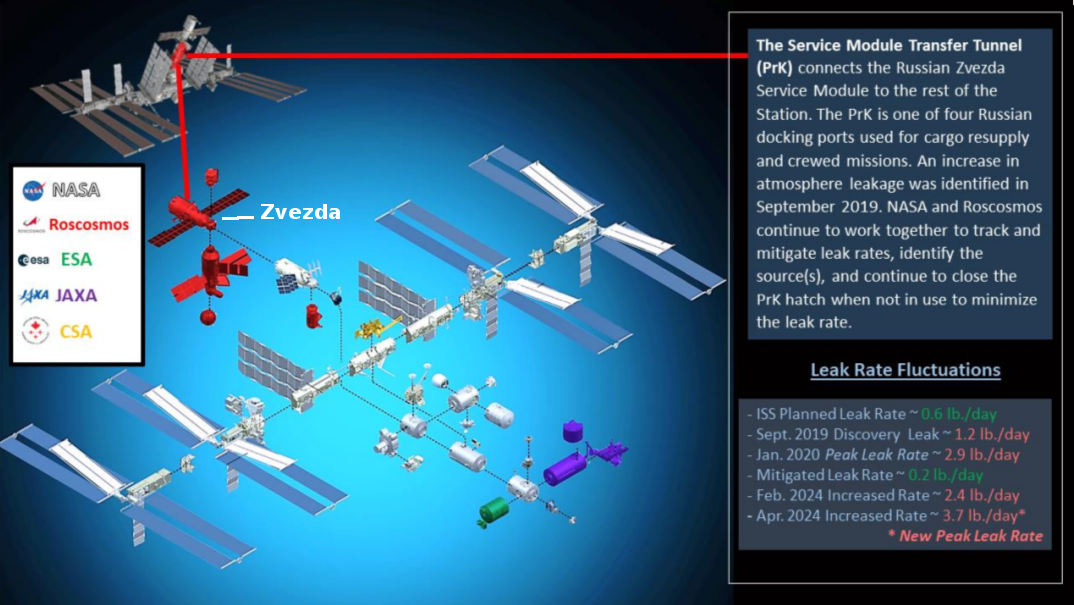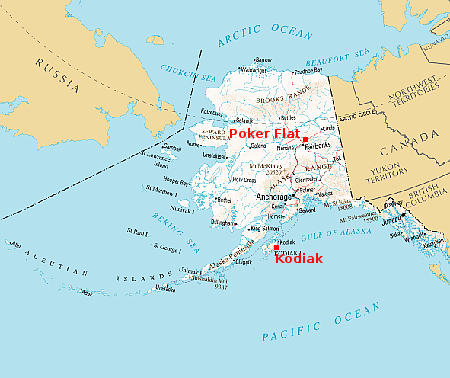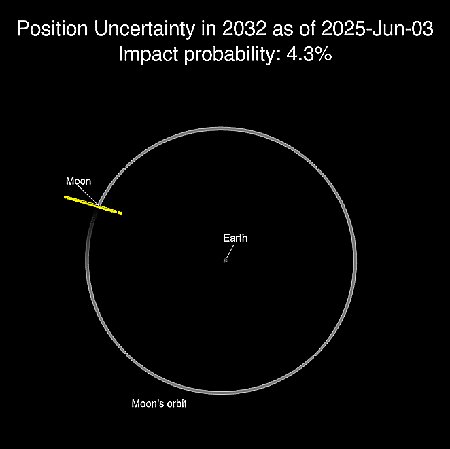June 13, 2025 Quick space links
Courtesy of BtB’s stringer Jay. This post is also an open thread. I welcome my readers to post any comments or additional links relating to any space issues, even if unrelated to the links below.
- Russia claims the repairs this month sealed the leaks in Zvezda
Then why did NASA scrub the Axiom manned mission, claiming otherwise?
- Short video describing the goals of Venus Aerospace and its rotating detonation rocket engine
The company recently successfully tested the engine on a short vertical flight.
- On this day in 1967, the Soviet Union launched Venera 4, which made the first measurements of Venus’s atmosphere
It operated for 93 minutes as it descended 20 miles on parachutes.
Courtesy of BtB’s stringer Jay. This post is also an open thread. I welcome my readers to post any comments or additional links relating to any space issues, even if unrelated to the links below.
- Russia claims the repairs this month sealed the leaks in Zvezda
Then why did NASA scrub the Axiom manned mission, claiming otherwise?
- Short video describing the goals of Venus Aerospace and its rotating detonation rocket engine
The company recently successfully tested the engine on a short vertical flight.
- On this day in 1967, the Soviet Union launched Venera 4, which made the first measurements of Venus’s atmosphere
It operated for 93 minutes as it descended 20 miles on parachutes.


